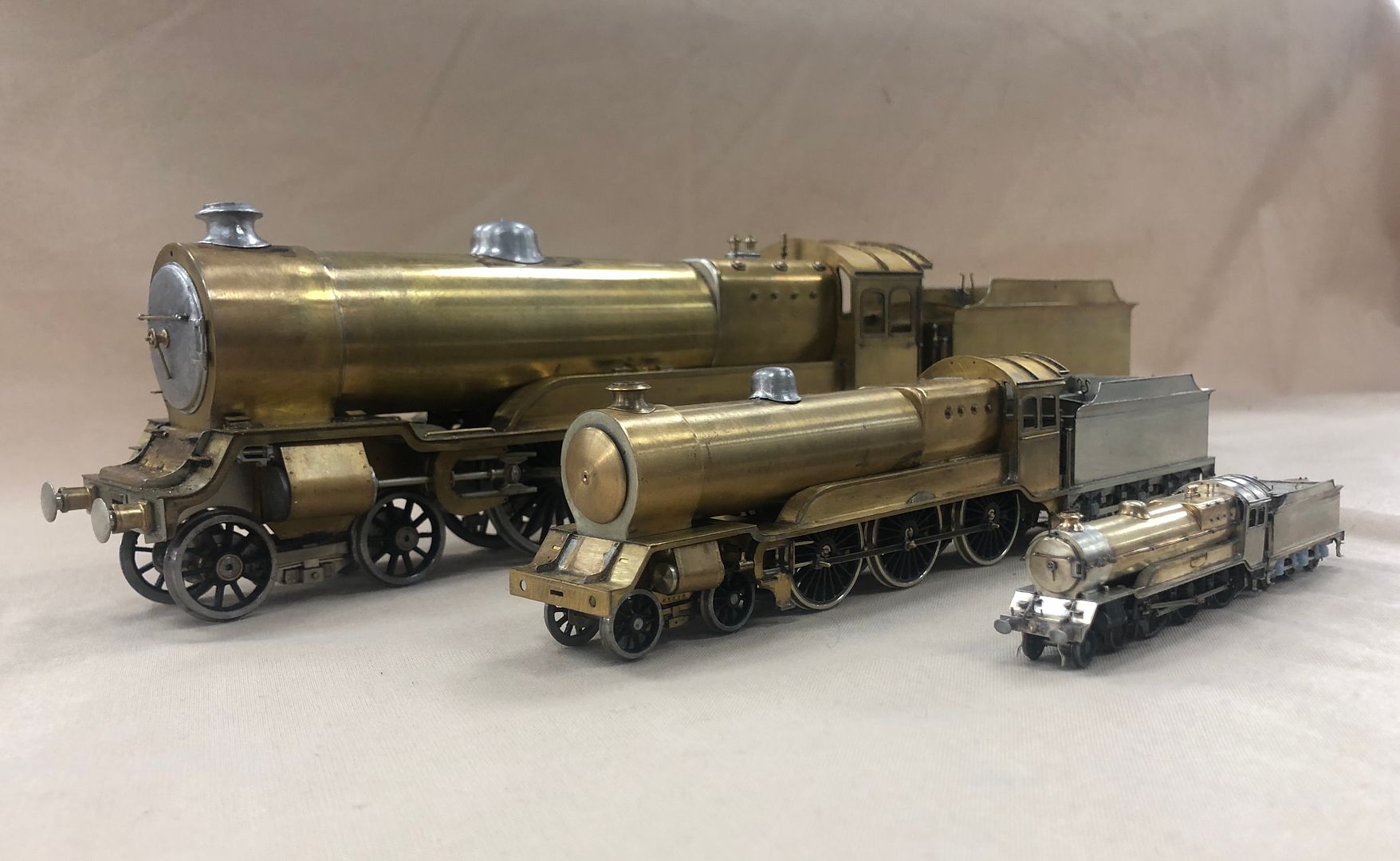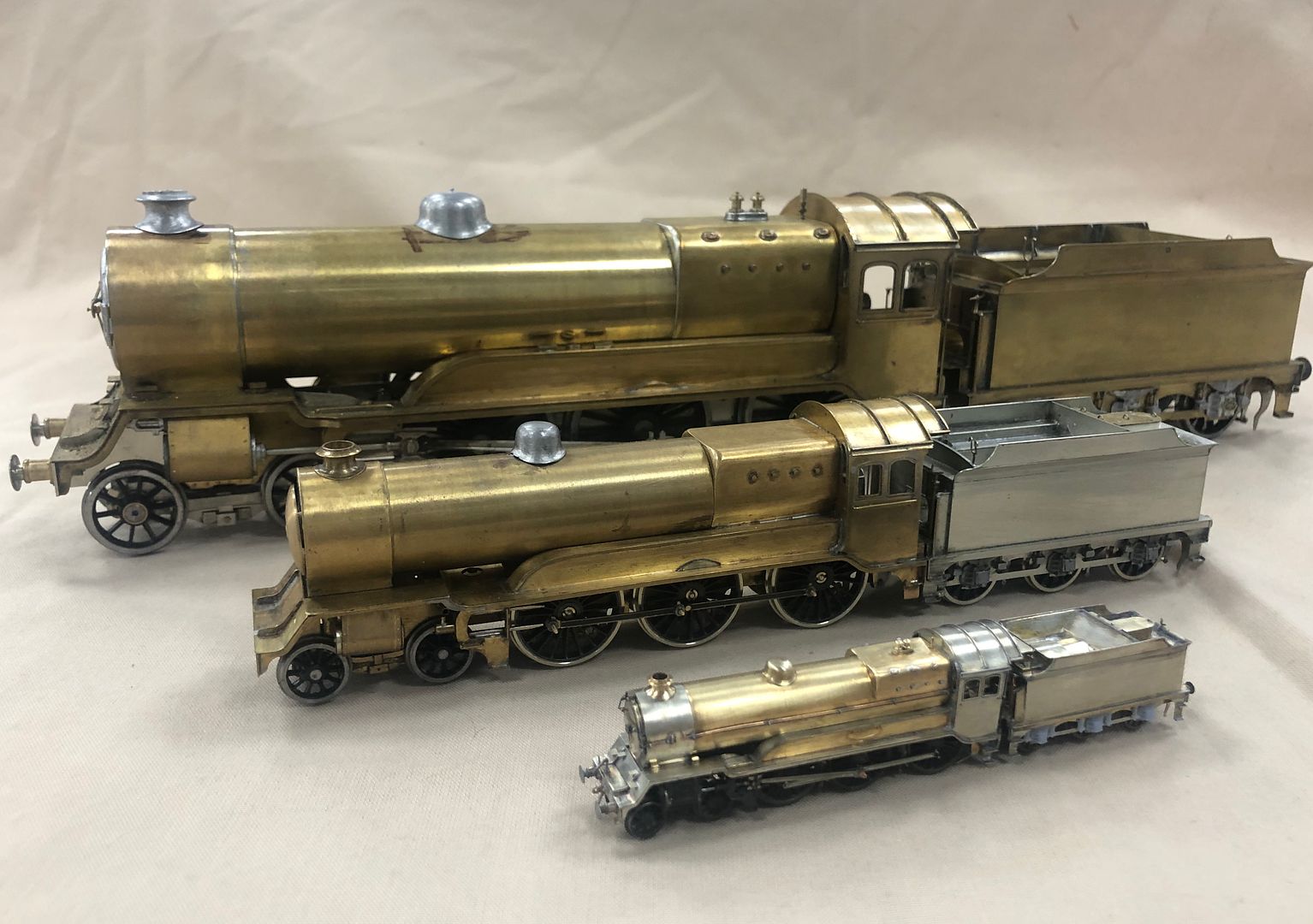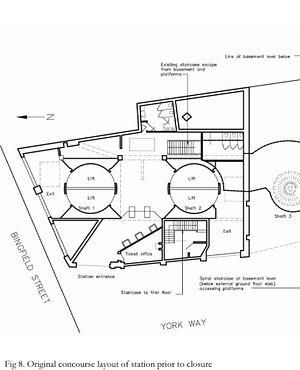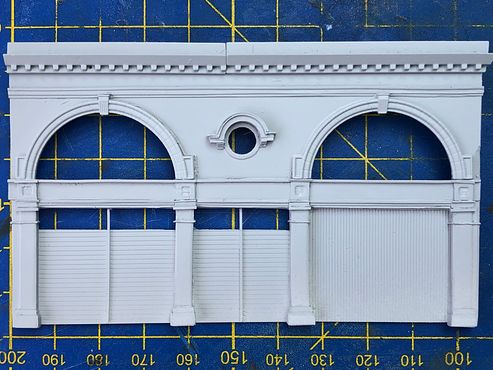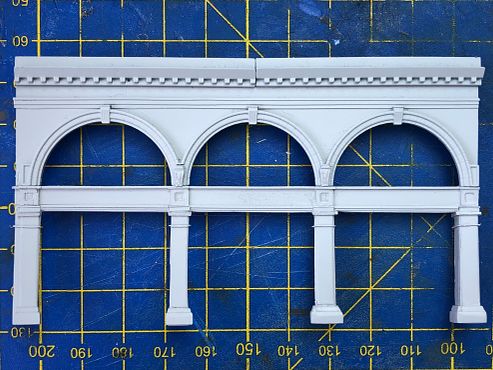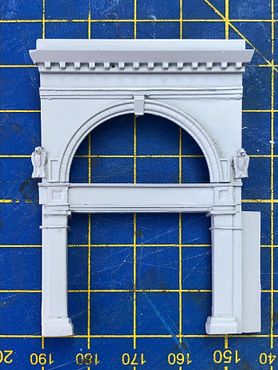You are using an out of date browser. It may not display this or other websites correctly.
You should upgrade or use an alternative browser.
You should upgrade or use an alternative browser.
TFW’s workshop
- Thread starter Tim Watson
- Start date
Tim Watson
Western Thunderer
The 2mm Diamond Jubilee Show is at the Derby Conference Centre 20-21st June. It will be a cracking good event.
Tim
Tim
Tim Watson
Western Thunderer
Association muffs on front bogie / pony wheels always look ugly. On Mons Meg I fixed the front wheels with a fibre reinforced resin in a hollow stub axle. Valour is the same.

The 0.9 mm diameter fibre post is a material used for restoring endodontically treated teeth. An anodised aluminium pin could work equally well - something perhaps the Association should consider offering.
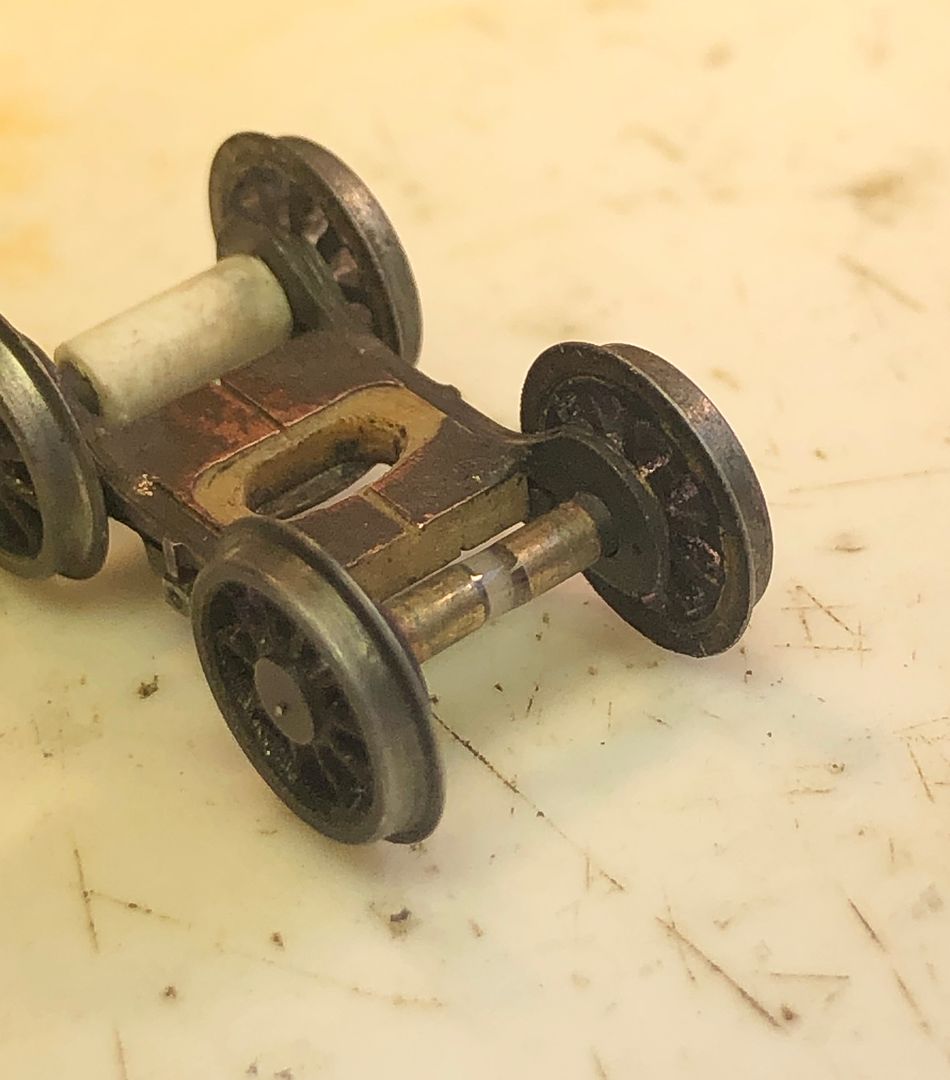
The wheels are Araldited on to the fibre post at the correct B to B with a collar of adhesive around the centre. One could taper the axles to be more prototypical - I did this on Mons Meg - but this is probably a bit more robust.
Tim

The 0.9 mm diameter fibre post is a material used for restoring endodontically treated teeth. An anodised aluminium pin could work equally well - something perhaps the Association should consider offering.

The wheels are Araldited on to the fibre post at the correct B to B with a collar of adhesive around the centre. One could taper the axles to be more prototypical - I did this on Mons Meg - but this is probably a bit more robust.
Tim
simond
Western Thunderer
If your friendly local dentist is short of entodontic fibre inserts, eBay sellers have glass fibre pultruded rod which is apparently popular for making fishing floats. The key search term seems to be “stems”. Beware of carbon fibre ones, they’ll be stiffer, perhaps, but conductive.
Fibreglass Pole Float Stems Clear and Black (30 Stems per Pack) | eBay
2mm size is useful for doing split axles in 7mm per Steph Dale’s methods.
Atb
Simon
Fibreglass Pole Float Stems Clear and Black (30 Stems per Pack) | eBay
2mm size is useful for doing split axles in 7mm per Steph Dale’s methods.
Atb
Simon
Tim Watson
Western Thunderer
AJC
Western Thunderer
Hi Tim,
WOW! You've got me looking forward to the Q9 now.
The dome on the 4mm model doesn't look right, but it appears to be just placed for the photo. Are they scratch or kit built models?
Cheers,
Peter
I think it's the same artwork, so the casting is presumably 'acquired' and no, it doesn't look right.
Adam
Tim Watson
Western Thunderer
The dome on the 4mm version was a temporary fitment. It shares the same artwork as my one, which is now absolutely, completely, 100% finished and in the hands of Ian Rathbone for painting in full GC livery.
Tim
Tim
Last edited:
Tube modelling 35 years on.
Tim Watson
Western Thunderer
I recently retrieved the cardboard placeholder model of York Road tube station from Keen House, prior to going on holiday in Cornwall.

This has enabled me to make a good start on the definitive building: which is approximately 35 years since I made the original Cally station. I always like to use a substantial core for my buildings, in this case producing something like a modern concrete building structure.
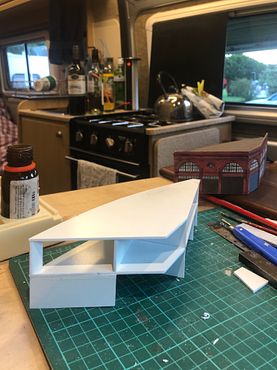
In comparison with its completely hand made predecessor, the new tube station is using the latest in technologies for its construction, with 3D printed window and dental course mouldings courtesy of Richard Wilson with equally superb etched windows and fittings, courtesy of Jim Watt.
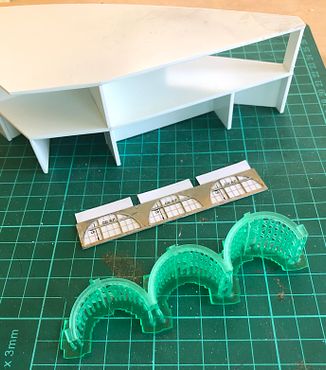
The front walls are cut straightforwardly from styrene sheet, but there will still be quite a few subtle layers and motifs to add.
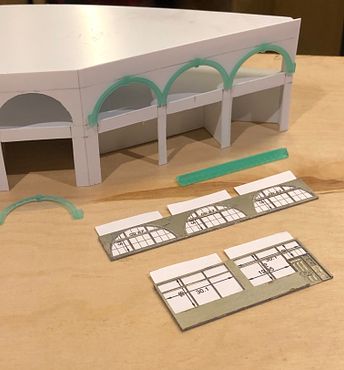
The interior will be tricky to model,
as the righthand end is severely truncated in depth. It could actually be modelled with the shutters down - in closed condition (1932 onwards) - but that would be a bit of a shame.
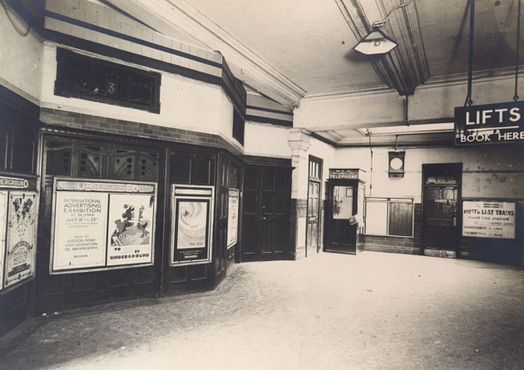
We are returning from Cornwall very shortly, but progress on the building should continue. It might, however, be interrupted by this little chap, who we will be getting in mid August.
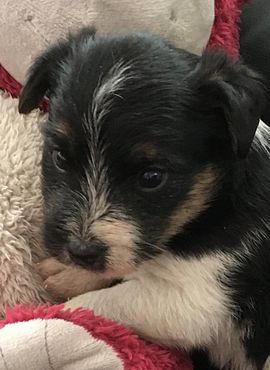
Tim

This has enabled me to make a good start on the definitive building: which is approximately 35 years since I made the original Cally station. I always like to use a substantial core for my buildings, in this case producing something like a modern concrete building structure.

In comparison with its completely hand made predecessor, the new tube station is using the latest in technologies for its construction, with 3D printed window and dental course mouldings courtesy of Richard Wilson with equally superb etched windows and fittings, courtesy of Jim Watt.

The front walls are cut straightforwardly from styrene sheet, but there will still be quite a few subtle layers and motifs to add.

The interior will be tricky to model,
as the righthand end is severely truncated in depth. It could actually be modelled with the shutters down - in closed condition (1932 onwards) - but that would be a bit of a shame.

We are returning from Cornwall very shortly, but progress on the building should continue. It might, however, be interrupted by this little chap, who we will be getting in mid August.

Tim
Lyndhurstman
Western Thunderer
It’s good to see at least someone has done some modelling west of the Tamar. And (as per) gobsmacking stuff at that. Cute puppy, too. Enjoy!
Cheers
Jan
Cheers
Jan
Tim Watson
Western Thunderer
York Road tube station is making steady progress: there are many different detailing levels and frills on a Leslie Green-designed London Underground building. The front walls are only loosely fitted at present, as there is a massive amount of work still needed on them. The 3D printed details should come alive once they are sprayed with undercoat.

Now the question for the knowledgable types is this: what is in the front room of the building under York Road Station signage? I have enhanced a previous image to show what looks like a rack on the back wall and maybe a showcase close to the nearer window.
_C510B3D9_CA14_4E45_8575_D284AC9B4825.jpeg?width=590&height=370&fit=bounds)
The only overall drawing I have of the station shows a narrow room and, regrettably, does not include a plan view.
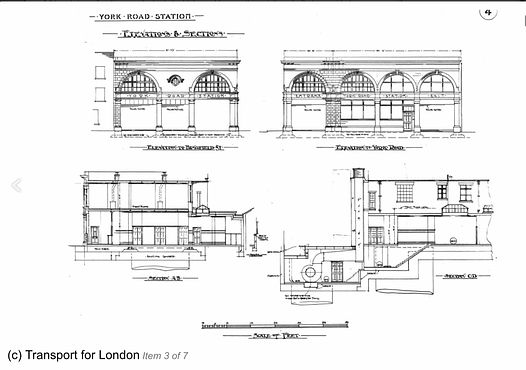
A sign inside the concourse points to a ticket office, which would be where the room is, but the security would be very poor for such a use.

Over to you, for erudite suggestions. Whatever we decide upon, Jo Public will never see it, but the Up & Down Main Lines operator at the South end will.
Tim

Now the question for the knowledgable types is this: what is in the front room of the building under York Road Station signage? I have enhanced a previous image to show what looks like a rack on the back wall and maybe a showcase close to the nearer window.
_C510B3D9_CA14_4E45_8575_D284AC9B4825.jpeg?width=590&height=370&fit=bounds)
The only overall drawing I have of the station shows a narrow room and, regrettably, does not include a plan view.

A sign inside the concourse points to a ticket office, which would be where the room is, but the security would be very poor for such a use.

Over to you, for erudite suggestions. Whatever we decide upon, Jo Public will never see it, but the Up & Down Main Lines operator at the South end will.
Tim
Tim Watson
Western Thunderer
Tim Watson
Western Thunderer
The extra drawings have been really helpful in getting the front rooms more correct.
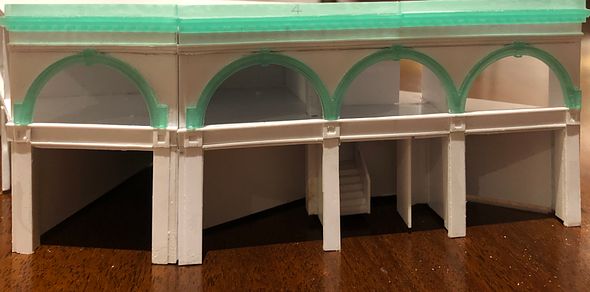
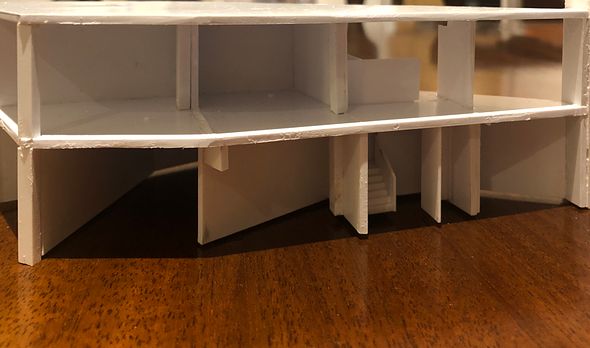
The changes don’t look that much, but it makes the building much more plausible. I will probably draw up some artwork for the interiors, but I’m afraid that the urinals will not be modelled as the structure is sliced through by the front of the layout.
Tim


The changes don’t look that much, but it makes the building much more plausible. I will probably draw up some artwork for the interiors, but I’m afraid that the urinals will not be modelled as the structure is sliced through by the front of the layout.
Tim
Grahame Hedges
Western Thunderer
Nice. Looks like a lot of productive research has gone in to it.
Tim Watson
Western Thunderer
The pilasters and entrance bits on the tube station are nearing completion, apart from some of the decorative motifs. There are about fifty components involved with each opening as there are many layers involved: thank goodness for Evergreen strips. At the top of the pilaster there is a prominent ridge that raps around the sides. This was made by putting two stop cuts across the top of the pilaster and then using a very fine chisel to remove the material between.

The chisel is literally razor sharp and comes from Japan.
Sujiborido BMC Chisel 0.5mm From Japan for sale online | eBay
They are eye wateringly expensive, especially the very small versions, but I have a colleague at Guys who can get them when he goes to Tokyo - still expensive though.
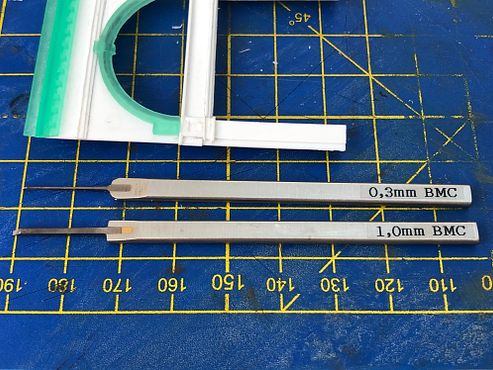
With the trough made a little strip of styrene was inserted.
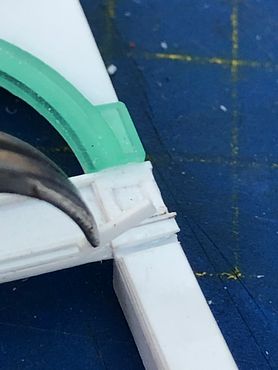
The front walls are beginning to look a bit better now, but I had quite forgotten how much work was involved in making a tube station. It will be interesting to compare it with its older brother, when complete.
Tim

The chisel is literally razor sharp and comes from Japan.
Sujiborido BMC Chisel 0.5mm From Japan for sale online | eBay
They are eye wateringly expensive, especially the very small versions, but I have a colleague at Guys who can get them when he goes to Tokyo - still expensive though.

With the trough made a little strip of styrene was inserted.

The front walls are beginning to look a bit better now, but I had quite forgotten how much work was involved in making a tube station. It will be interesting to compare it with its older brother, when complete.
Tim
Grahame Hedges
Western Thunderer
You might have forgotten how much was involved but you're making a good fist of it. It's a pleasure to see such fine architectural modelling and inspiring to see a miniature building rise out of a work bench.
Tim Watson
Western Thunderer
All the fiddly bits are now complete, having been whittled and carved out of styrene.
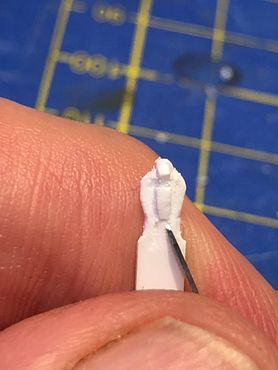
The main frontage had some fill-in bits at the intersection of the arches.
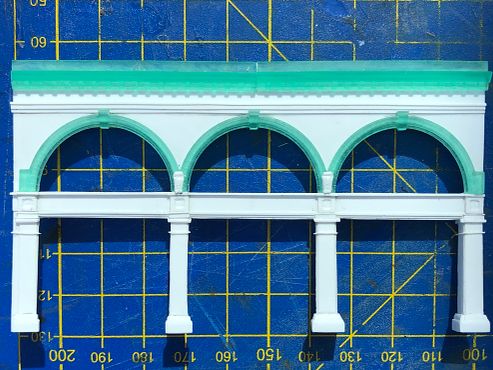
The two main flourishes over the entrance required setting in to the corners, so that the angled front sits correctly.
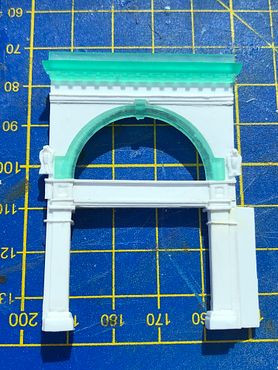
The porthole window surround was made from some strip, bent to shape with a few extra bits added and carved for the detailing.
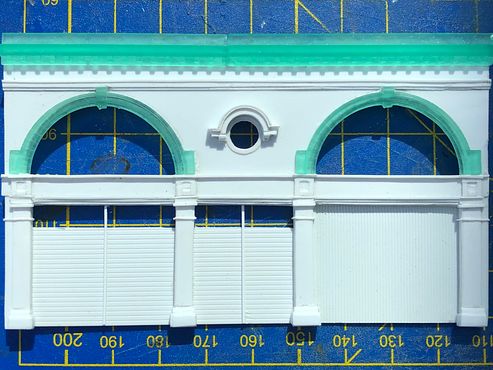
I will give the whole lot a puff of primer tomorrow, to see if there are areas that need much adjustment and filling.
Tim

The main frontage had some fill-in bits at the intersection of the arches.

The two main flourishes over the entrance required setting in to the corners, so that the angled front sits correctly.

The porthole window surround was made from some strip, bent to shape with a few extra bits added and carved for the detailing.

I will give the whole lot a puff of primer tomorrow, to see if there are areas that need much adjustment and filling.
Tim
Last edited:
Tim Watson
Western Thunderer
Tim Watson
Western Thunderer
Quite a busy time over the last 24 hrs. The front walls were sprayed last night with a variety of tube-like colours. The cement courses were then scribed in with a pair of dividers, through to the white styrene.
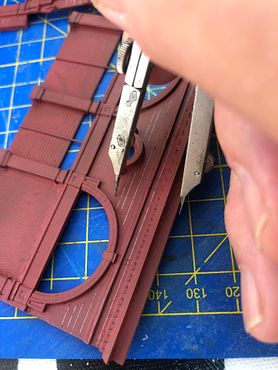
Jim Watt’s windows were also sprayed with a dark brown cellulose colour and then lightly weathered (not the most inspiring photograph).
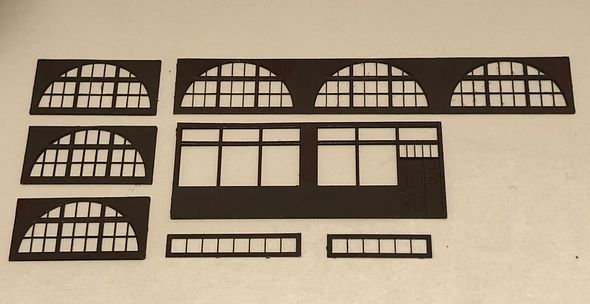
I didn’t want to assemble the front walls onto the structural shell until the interiors were a little more advanced. However, the two corners at the front will need dressing and touching in - a job better done before final assembly with the interiors present. I have therefore glued the three front walls together with impact adhesive against the shell, but with cling film over the relevant parts of the shell so that it can be removed. The observant amongst you will notice that the ceramic station name boards / entrance & exit signs were also painted in, whilst in the flat - quite a tedious job.
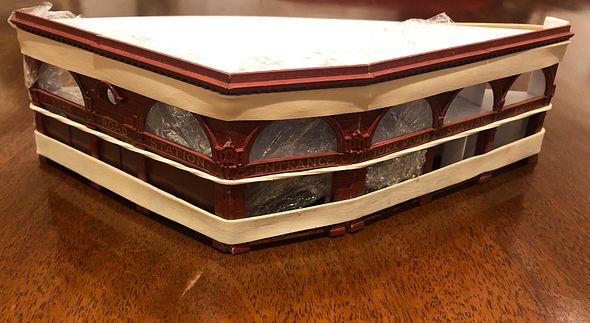
As I write this, the whole assembly is bandaged up with elastic bands to hold it stable while the glue sets. With a bit of luck tomorrow, it should all come apart where required and the front facade will then be stuck to a base so that the corners can be worked on. Thence the interiors, roof details, chimneys and south end brick detailing.
All-in-all, a quite long-winded way of making a building, but it allows progress on various components without manoeuvring oneself into a constructional corner.
Tim

Jim Watt’s windows were also sprayed with a dark brown cellulose colour and then lightly weathered (not the most inspiring photograph).

I didn’t want to assemble the front walls onto the structural shell until the interiors were a little more advanced. However, the two corners at the front will need dressing and touching in - a job better done before final assembly with the interiors present. I have therefore glued the three front walls together with impact adhesive against the shell, but with cling film over the relevant parts of the shell so that it can be removed. The observant amongst you will notice that the ceramic station name boards / entrance & exit signs were also painted in, whilst in the flat - quite a tedious job.

As I write this, the whole assembly is bandaged up with elastic bands to hold it stable while the glue sets. With a bit of luck tomorrow, it should all come apart where required and the front facade will then be stuck to a base so that the corners can be worked on. Thence the interiors, roof details, chimneys and south end brick detailing.
All-in-all, a quite long-winded way of making a building, but it allows progress on various components without manoeuvring oneself into a constructional corner.
Tim
Yorkshire Dave
Western Thunderer
I think this might turn out better than the original, but it will all depend on the painting.
The painting will be the key to the Leslie Green building as it will depend on the lighting conditions in which is painted.
Some photos it appears maroon and in others a terracotta orange.

